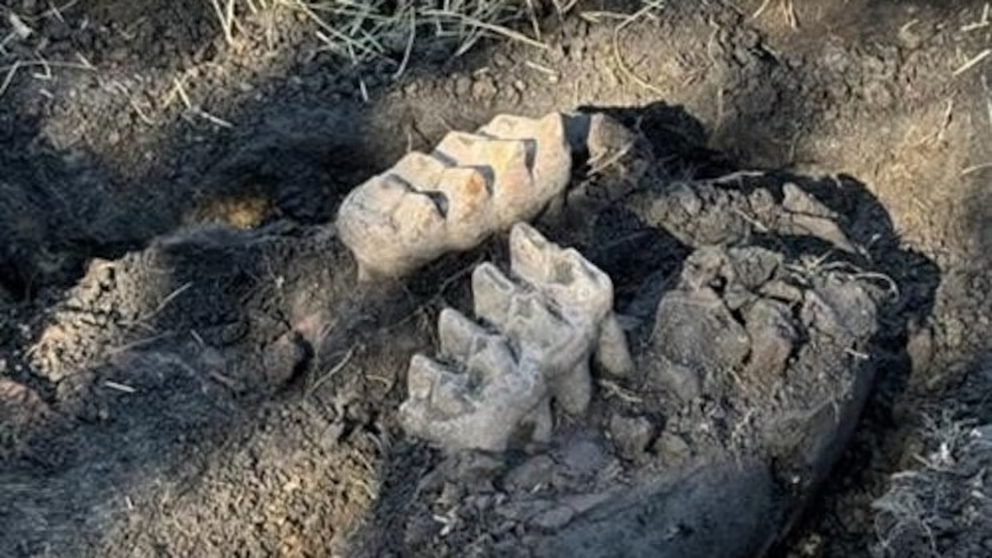A backyard in Orange County, New York, has become the site of a rare and significant paleontological find: a well-preserved mastodon jaw, the first of its kind unearthed in the state in more than a decade. Alongside the jaw, researchers also uncovered fragments of a rib and a toe bone, adding to the intrigue of the discovery.
The find began when a local resident noticed two unusual teeth emerging from the soil beneath a plant. After unearthing two additional teeth nearby, they decided to contact experts – which led to an excavation effort involving teams from the New York State Museum and SUNY Orange.
“It was incredible to hold those teeth and realize they were something extraordinary,” the homeowner said. “I never imagined our yard would hold such an important piece of history.”
The jaw, belonging to an adult mastodon—a prehistoric relative of modern elephants—is remarkably intact. Researchers hope to analyze it to uncover details about the animal’s age, diet, and the Ice Age environment it inhabited.
“This discovery is truly remarkable,” said Dr. Robert Feranec, a paleontologist at the New York State Museum. “Finds like this help us reconstruct ancient ecosystems and understand how they evolved over time.”
Orange County has a long-standing reputation as a hotspot for mastodon fossils. Nearly one-third of all mastodon remains found in New York have come from this region, making it a focal point for paleontological research.
Dr. Cory Harris of SUNY Orange, who participated in the excavation, noted that even the smaller fragments, such as the rib and toe bone, could provide valuable information. “The jaw is the most impressive piece, but every fragment contributes to building a clearer picture of this animal’s life,” he explained.
The fossils are now being studied by experts, who aim to learn more about the mastodon and its environment. Once the research is complete, the jaw will be displayed at the New York State Museum, with plans to unveil it to the public in 2025.
“This find is not only significant for scientific research but also for inspiring public interest in our prehistoric past,” said Michael Mastroianni, a museum representative.












